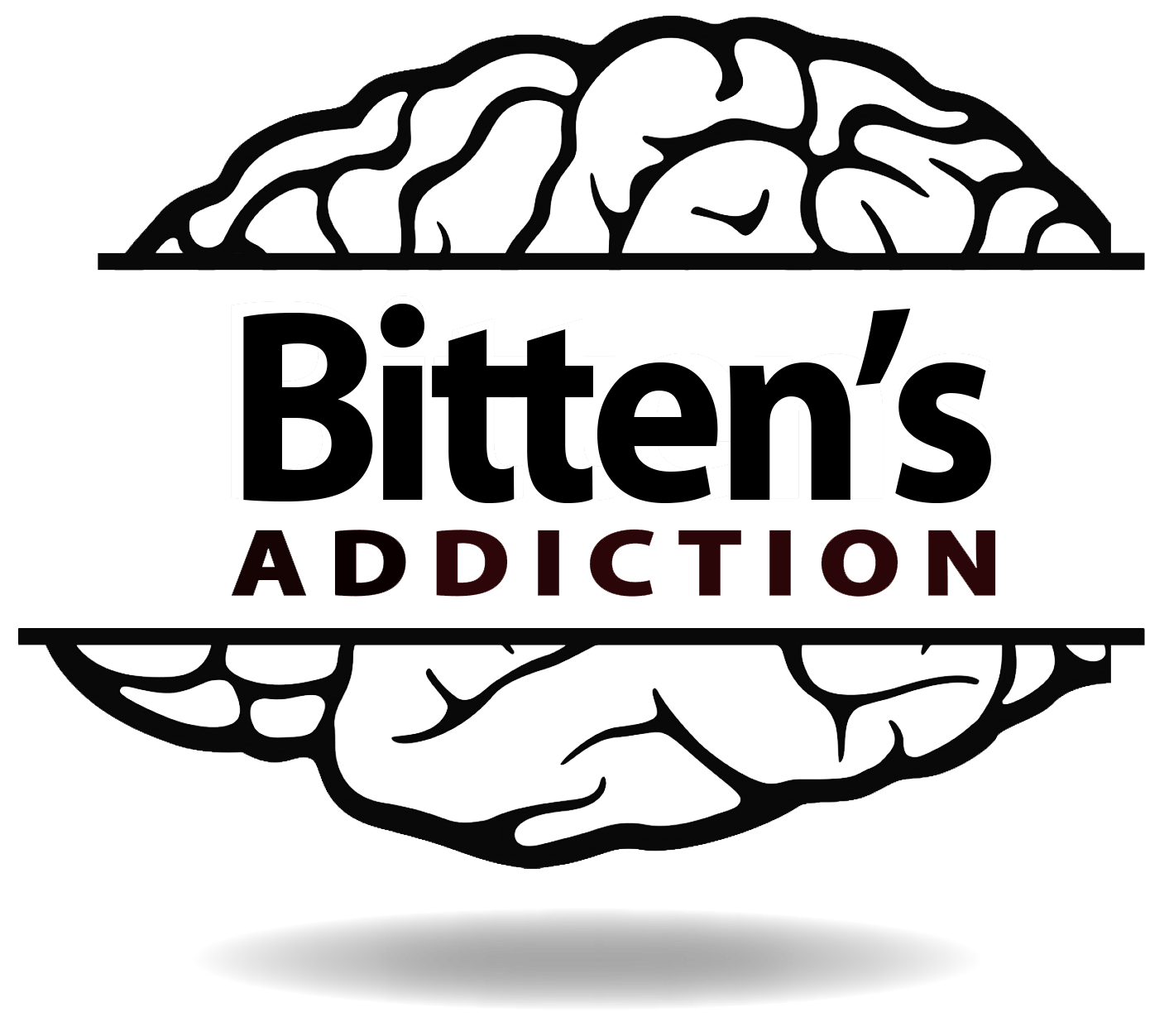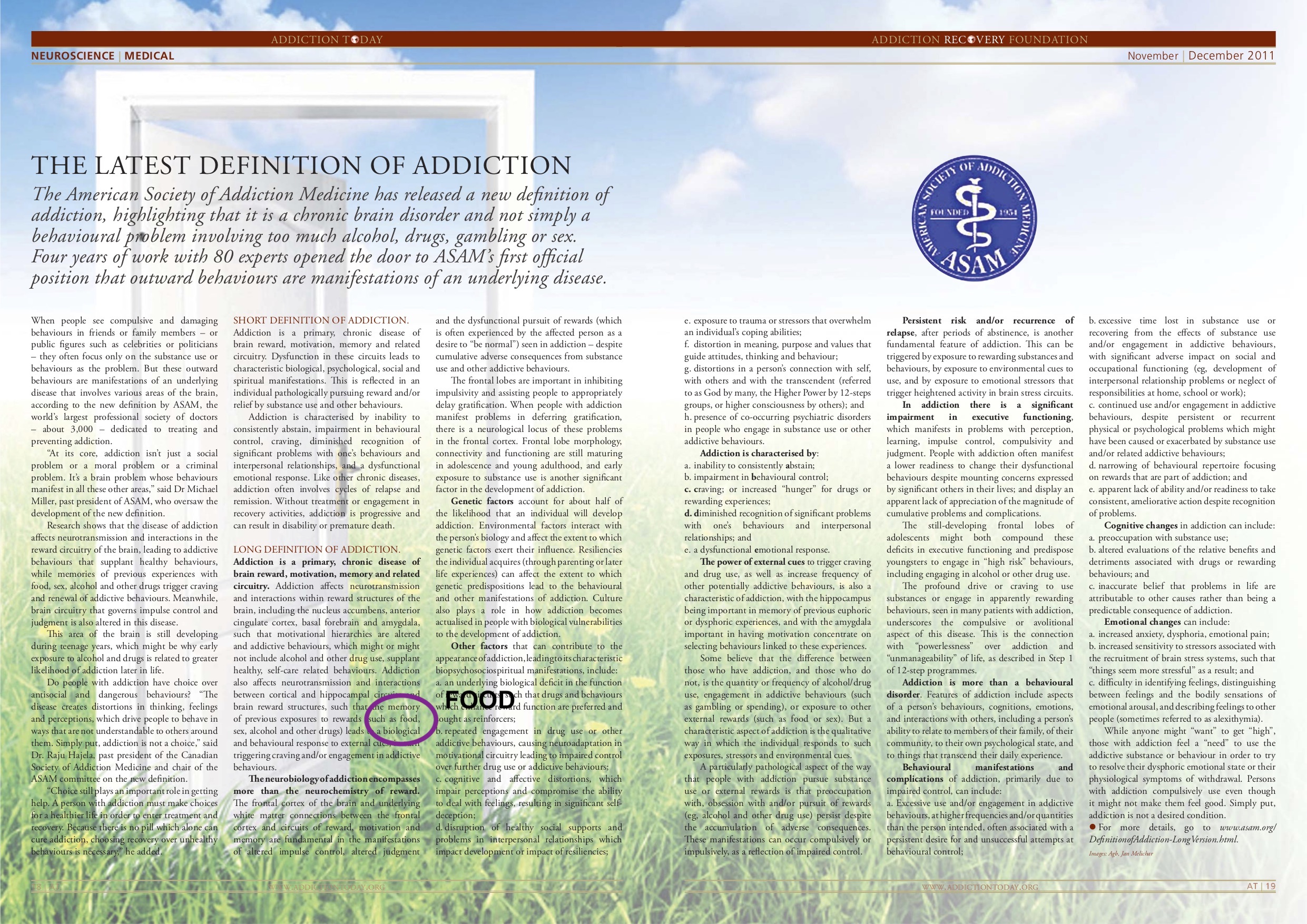Sugar/carbohydrate addiction is just one of many outlets of addiction
Researchers have been talking about sugar as the white poison for many years. Others claim it’s not harmful. Can they both be right? Yes absolutely! It depends on who and what they are studying.
Harmful use or addiction?
For some people, sugar is very dangerous and for others not quite so. Large amounts are harmful to anyone, but many people can have sweets in moderation without negative consequences.
This is very important to understand. In the same way, compare with alcohol – large amounts are harmful to anyone, but many people can drink moderately with positive effects. Others must refrain completely in order to survive.
Different impacts on different people
We have our unique body chemistry, just as we have unique fingerprints. ”One individual’s food is another’s poison”, a great thinker said a long time ago. What we eat affects our entire ways, but in different ways for different people.
Some become high or excited by caffeine, while others have no reaction. Some people can eat chocolate and stop after one piece, while others simply fail to quit – they lose control once they start. This has nothing to do with poor character.
On the other hand, we can influence how our genes express themselves through the lifestyle we choose. However, the basic conditions in the form of their own inherited biochemistry play the biggest role. Several researchers claim that we can influence 70% of the genes’ ways of expressing themselves.
Some examples
If you are born with a sensitivity to cardiovascular disease, you might trigger disease through your lifestyle. But if you know about the risks and live healthily, for example by reducing stress, eating well, and quitting smoking, you can minimize the risk of injury to your arteries and heart. Another example is type 2 diabetes, which is a disease triggered by improper dietary habits. If you know there is sensitivity in your family tree, you can reduce the risk of diabetes or increase your health by learning a better lifestyle.
To be sugar sensitive is the same way. Today, we know that some of us have an unwanted reaction when eating sugar and starchy foods. Sugar rapidly enters our blood and triggers an excessive insulin release. The more sugar/starch you eat, the more insulin your body has to make. The reaction is fast and strong and causes fluctuations in blood sugar and that will create cravings, and you’ll eat more. This rollercoaster is extremely unpleasant. Sugar also releases huge amounts of neurotransmitters, for example dopamine. That’s why we like it so much, but it will create havoc with our body chemistry. It’s like pouring jet fuel into a tractor – it will stop working. There’s a lot to learn about sugar sensitivity and sugar addiction. If you think you have a problem with this, please remember: IT’S NOT YOUR FAULT. Learn more about your brain and addiction and you will understand what I mean.
 Svenska
Svenska



